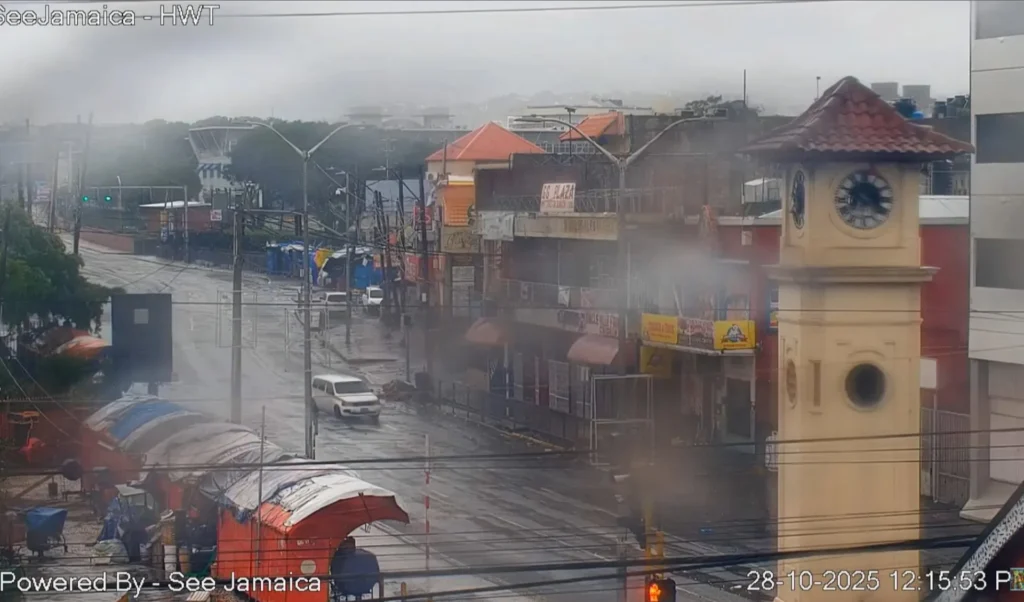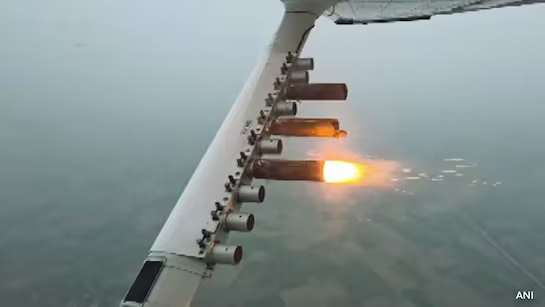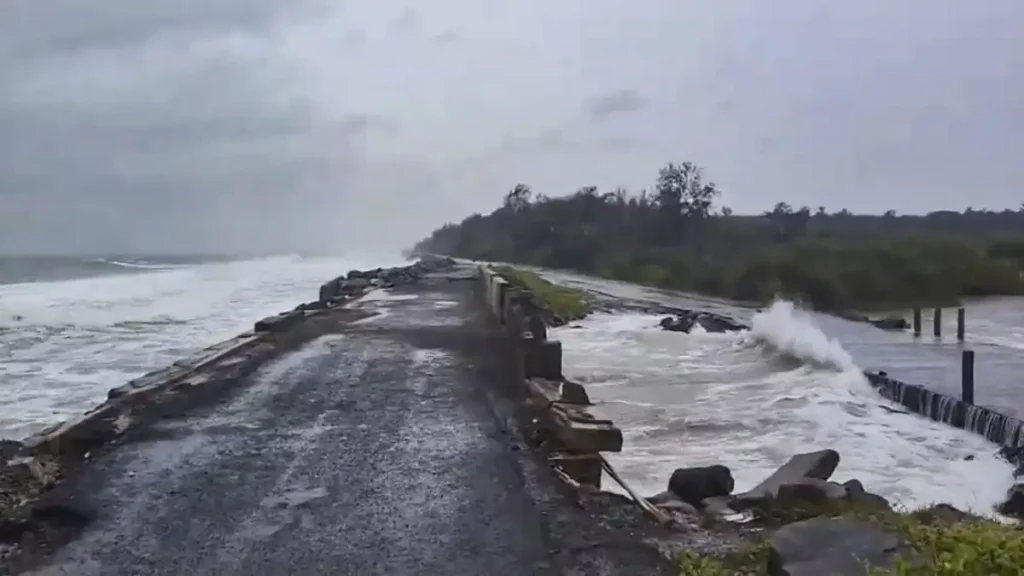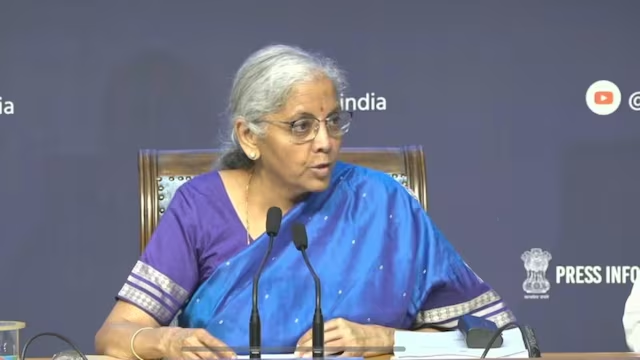Now Reading: Yamuna Water Recedes but Flood Impact Still Haunts Low-Lying Areas
-
01
Yamuna Water Recedes but Flood Impact Still Haunts Low-Lying Areas
Yamuna Water Recedes but Flood Impact Still Haunts Low-Lying Areas
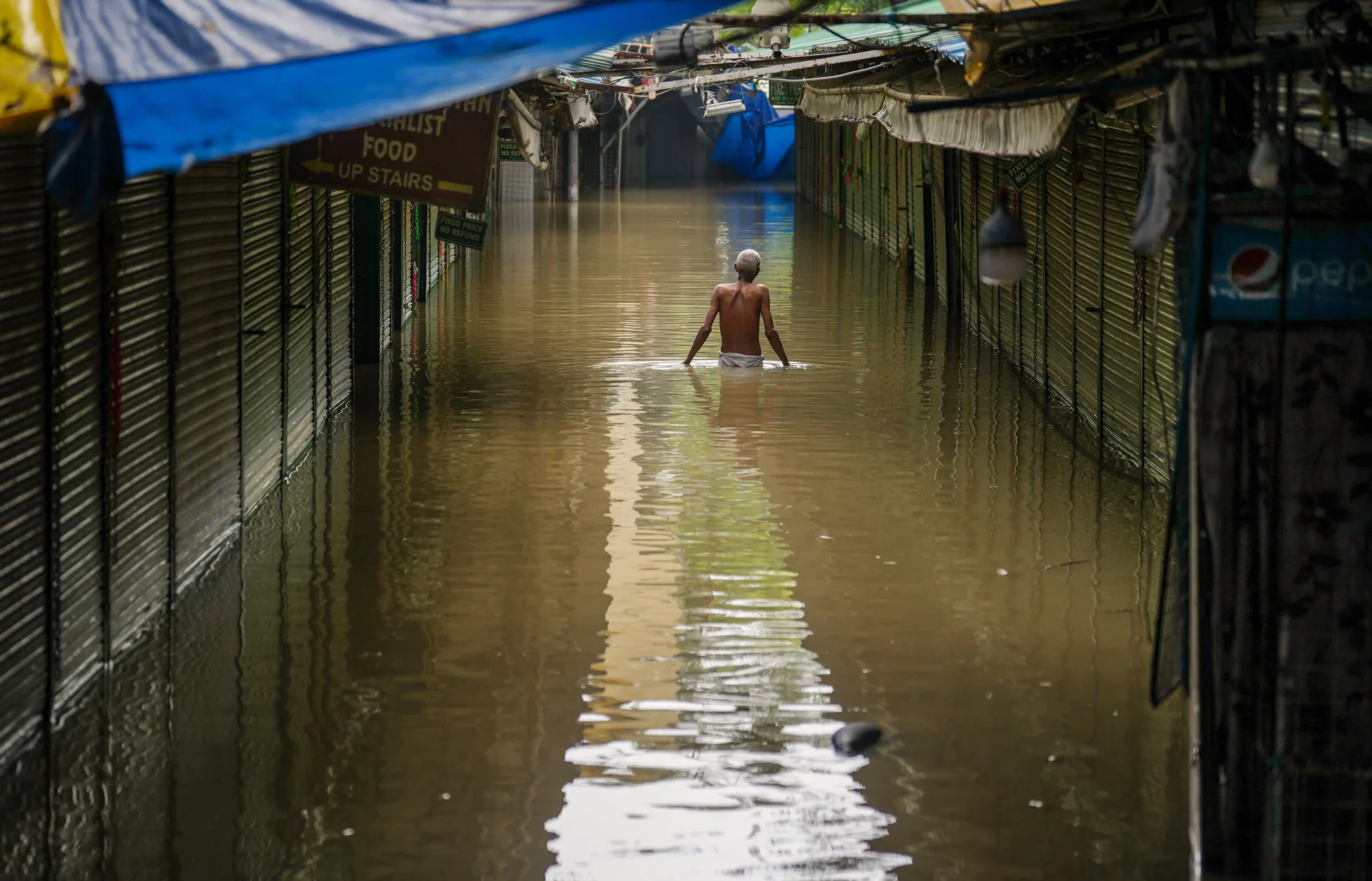
The Yamuna river may have receded after days of swelling beyond danger levels, but the floodwaters continue to trouble thousands of residents in low-lying areas. Several parts of Noida and nearby regions remain waterlogged, leaving families displaced, businesses disrupted, and daily life far from normal. The slow retreat of floodwaters highlights how recovery often lags behind the immediate crisis, especially in rapidly expanding urban zones.
In many affected colonies, homes are still surrounded by stagnant water, raising health concerns as the risk of waterborne diseases grows. Relief measures have been deployed, but residents point out that drainage systems are unable to cope with the volume of water. This has left many depending on temporary shelters and government aid for basic needs.
The situation underscores the challenges of urban planning in flood-prone areas. With construction pushing closer to the riverbed, the impact of seasonal floods has intensified. For people in Tier 2 and satellite towns around Delhi, the floods serve as a reminder of the vulnerabilities that come with fast-paced development.
Local businesses, particularly small traders and shop owners, have taken a hit as markets remain shut or see reduced footfall. Transport disruptions have also made commuting difficult, with several internal roads still blocked or unsafe for travel. For daily wage earners and workers in informal sectors, this has translated into loss of income and uncertainty.
Authorities have begun dewatering operations and are working on restoring normalcy, but the pace remains slow. While immediate relief is being provided, long-term solutions like strengthening embankments, improving drainage, and regulating construction near floodplains are being demanded by residents and experts alike.
The receding Yamuna may signal the end of the peak flood, but for thousands of families, the ordeal is far from over. The challenge now is not just in managing water levels but in rebuilding lives and creating safeguards that can prevent such widespread disruption in the future








